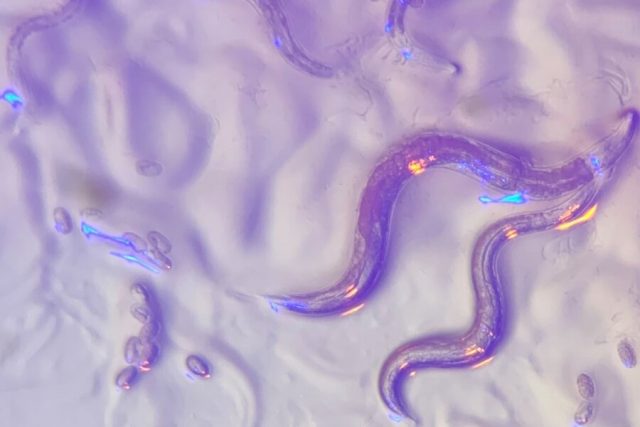The hummingbird is named after its pleasant humming sound when it hovers in front of flowers to feed. But only now has it become clear how the wing generates the hummingbird's namesake sound when it is beating rapidly at...
Researchers at the University of Vienna and the Austrian Academy of Sciences, led by Markus Aspelmeyer have succeeded in measuring the gravitational field of a gold sphere, just 2 mm in diameter, using a highly sensitive pendulum—and thus the...
A new study of fossilized lampreys dating from more than 300 million years ago is challenging a long-held theory about the evolutionary origin of vertebrates (all animals with a backbone). The findings are published March 10 in the science...
Scientific evidence shows specialized features in the large brains of whales and dolphins that are adapted for heat production.
Whales and dolphins have the largest brains on the planet, some of them weighing over eight kilograms, six times heavier than...
Spectacular fossil plants preserved within a volcanic ash fall in China have shed light on an evolutionary race 300 million years ago, which was eventually won by the seed-bearing plants that dominate so much of the Earth today.
New research...
Sea otters have long been recognized as a classic example of a keystone species, a dominant predator that maintains the balance of kelp forest ecosystems by controlling populations of sea urchins, which are voracious kelp grazers.
Since 2014, however, California's...
Roundworms don't have eyes or the light-absorbing molecules required to see. Yet, new research shows they can somehow sense color. The study, published in the journal Science, suggests worms use this ability to assess the risk of feasting on potentially...
Western butterfly populations are declining at an estimated rate of 1.6% per year, according to a new report to be published this week in Science. The report looks at more than 450 butterfly species, including the western monarch, whose latest...
The unusual breeding history of the Earth's largest living lizard—the Komodo dragon—has been laid bare in a new study from The Australian National University.
The Komodo dragon is best known for its size and hunting skills, reaching up to three meters long...
The backbone is the Swiss Army Knife of mammal locomotion. It can function in all sorts of ways that allows living mammals to have remarkable diversity in their movements. They can run, swim, climb and fly all due, in...
Plants have a metabolic signal that adjusts their circadian clock in the evening to ensure they store enough energy to survive the night, a new study reveals.
The research—involving scientists from the University of York—suggests this signal might provide important...


















